|
To develop awareness of form and shape, our last class in the 'Elements of Design' series focused on 3D sculptures. Sculptures can sometimes be hard when working with preschoolers because the process of building requires a lot of fine motor skills and problem-solving. When creating this class, I made sure to allow for a lot of options so that the art was accessible to a variety of skills and abilities. We began class with a classic preschool sculpture activity - playdough! The playdough creatures were so silly and adorable, making everyone laugh at their absurdity. After our playdough fun, I introduced Mini Makers to three makers stations. At the first station, I had set out pipe cleaners, beads, wooded bases with pre-drilled holes, and styrofoam. Mini Makers were able to twist and manipulate the pipe cleaners into endless possibilities. Some students were able to poke pipe cleaners into pre-drilled holes in the wood, making a sturdy base. For those who had not yet developed the eye-hand coordination to thread such a small hole, styrofoam was a great option to use as a base. Our second station also used wood bases, along with a variety of cardboard rolls. Because we had limited time to dry our sculptures, we used quick-drying tempera paint sticks to decorate and adults assisted with a glue gun. Mini Makers used their creativity to crumple or glue cardboard rolls into new shapes and designs. The third station was a kinetic sculpture that reminded me of the bead mazes for toddlers often found in waiting rooms. Students started by pulling a wire hanger into a circular shape. Then they used their fine motor skills to twist craft wire onto the hanger. Through a series of twisting and adding beads, Mini Makers created something that looked like a dream catcher that slid and shifted when turned.
0 Comments
Your comment will be posted after it is approved.
Leave a Reply. |
Archives
January 2024
Categories |
Proudly powered by Weebly

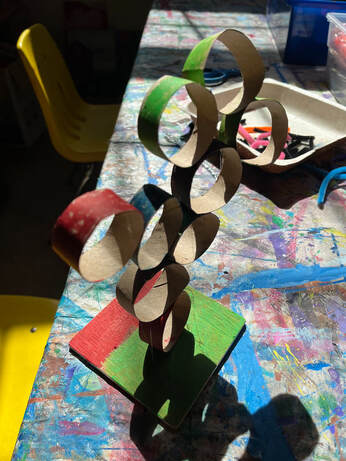
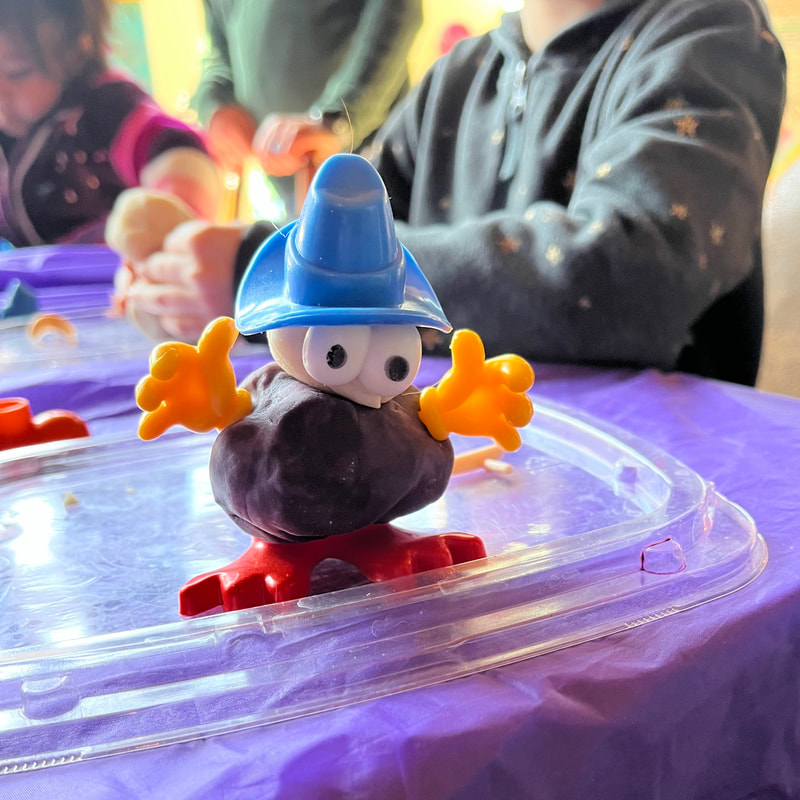
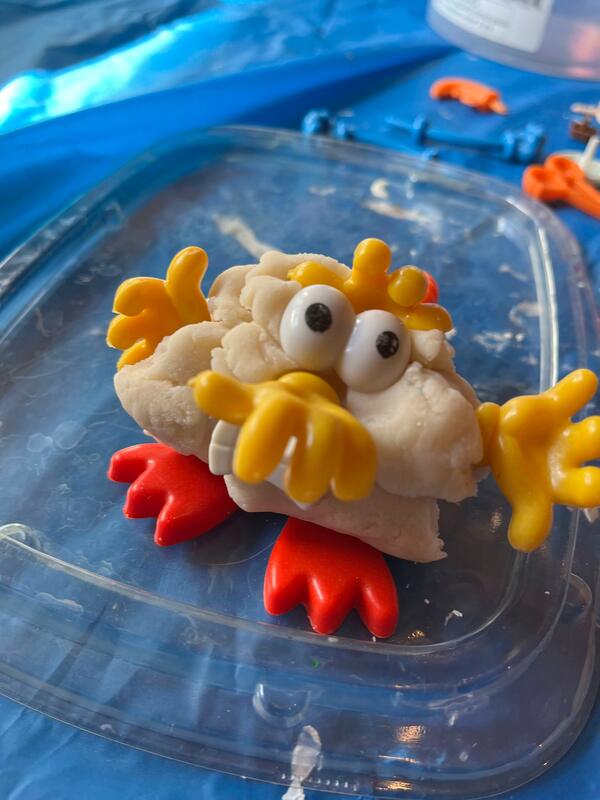








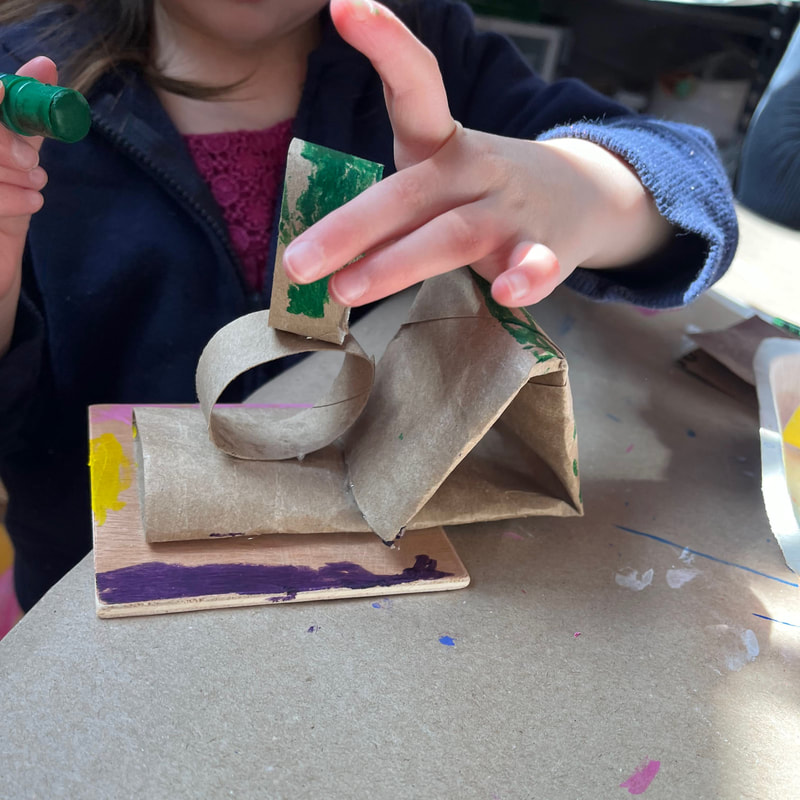

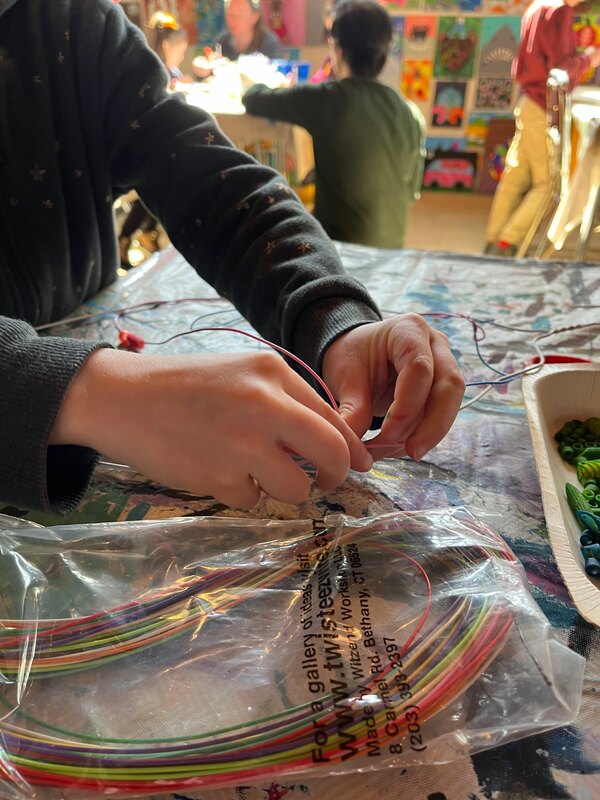
 RSS Feed
RSS Feed